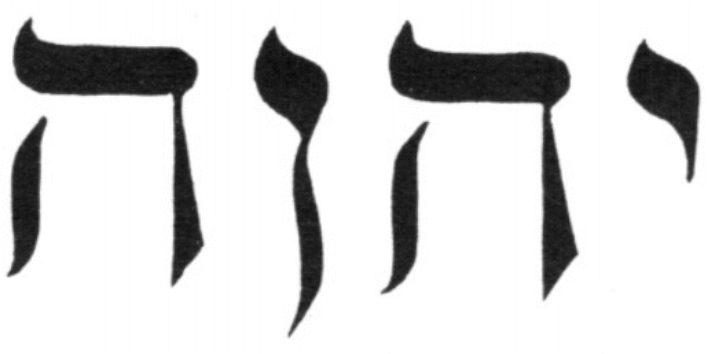

Parish of ALL SAINTS, Kabega Park, Port Elizabeth
Diocese: Port Elizabeth

Arms published in the Government Gazette, Notice 1 020 of 12 October 2001, and registered by the Bureau of Heraldry on 30 May 2002 (registration certificate 3271). They are blazoned:
Arms: Argent, semé of crosslets rustic; a cross rustic Brunâtre; a border Gules charged with eight lowes of flame, Or.
Motto: Hallelu Yah.
About the arms:
A most unusual feature of this coat of arms is the use of the rustic cross, a much simpler and in some respects uglier cross than the sophisticated and æsthetically pleasing crosses normally used in heraldry, and one rarely recorded. This one is copied from the seal of the Vice-Custos of the Grey Friars at Cambridge, England, dated around 1240, and was found in the book The Heraldic Imagination by Rodney Dennys (London: Barrie & Jenkins, 1975).
It was felt that this cross would best symbolise the rough wooden assemblage of an upright and a crossbar on which Jesus Christ suffered and died for the sins of mankind. However, the Lord is not shown on the cross, as a reminder that He is risen from the dead.
In addition to the main cross, the field is semy of (strewn with) rustic crosslets, symbolising the saints of the Church and recalling Christ’s injunction to His followers to take up their crosses daily. (Matthew 16:24 and Luke 9:23)
By “saints” are meant not only those formally canonised by the Church, but all believers, recalling Paul, who wrote “to all who are beloved of God in Rome, called as saints” (Romans 1:7), and in closing the letter to the Philippians: “Greet every saint in Christ Jesus.” (Philippians 4:21)
All Saints’ is a parish known for its charismatic style of worship, which is reflected in the flames – representing the Holy Spirit, as recorded in Acts 2:1-4 – and in the Hebrew motto, which translates as “Praise Jehovah”.[1]
This word is more usually written as “Hallelujah” or “Alleluia” (the missing H in the second version recalls the fact that the Greek alphabet has no letter for that sound, which was then often mistakenly dropped in transliterations).[2] In this motto the word “Yah”, a short form of the Divine Name, is written as a separate word as a reminder of its origin, meaning and power.
The red of the border symbolises the blood of Christ and of the Christian martyrs.
The colours red and gold have traditionally been colours used at All Saints’, and all the colours in the arms except gold are reflections of colours to be seen in the fabric of the church building. The gold here represents candle flames, lit during times of worship.
About the parish:
All Saints’ was created as a separate pastoral charge in 1966, when Port Elizabeth still fell under the Diocese of Grahamstown. The present church building was opened in 1974 by the first Anglican Bishop of Port Elizabeth, Philip Russell, and consecrated in 1977 by the second bishop, Bruce Evans.
It had its origins in worship services conducted in the western suburbs of Port Elizabeth from early 1961 by clergy from St Hugh’s, Newton Park. These were held from mid-1961 to ’74 in a hall known as Francis Phelps Church. Francis Robinson Phelps was the sixth Bishop of Grahamstown (from 1915 to ’31) and subsequently Archbishop of Cape Town.
The parish includes the rural chapelry of St Alban’s, Draaifontein, which had its beginnings in 1888 with services held on the Beckley family’s farm, and opened its first church building on land donated by the Beckleys in 1904.
The chapel’s name was taken up for a halt on the narrow-gauge railway line built westwards from Port Elizabeth between 1902 and ’07 (its terminal is at Avontuur), and was subsequently given also to the prison west of Port Elizabeth, which is now a large complex. A military airfield laid out in 1942, also in the Greenbushes area west of the city, was also called St Alban’s, although this piece of land is now called Fairview race course. By these means the name St Alban’s has spread a lot wider than just Draaifontein.
For more information on All Saints’ and St Alban’s, see here.
Afrikaanse blasoen:
Parogie van Alle Heiliges:
Wapen: In silwer, besaai van rowwe houtkruisies; ’n rowwe houtkruis van bruin; ’n rooi skildsoom belaai met agt vlamme van goud.
Leuse: Hallelu Yah.
Die leuse vertaal as: “Prys Jehova”.

